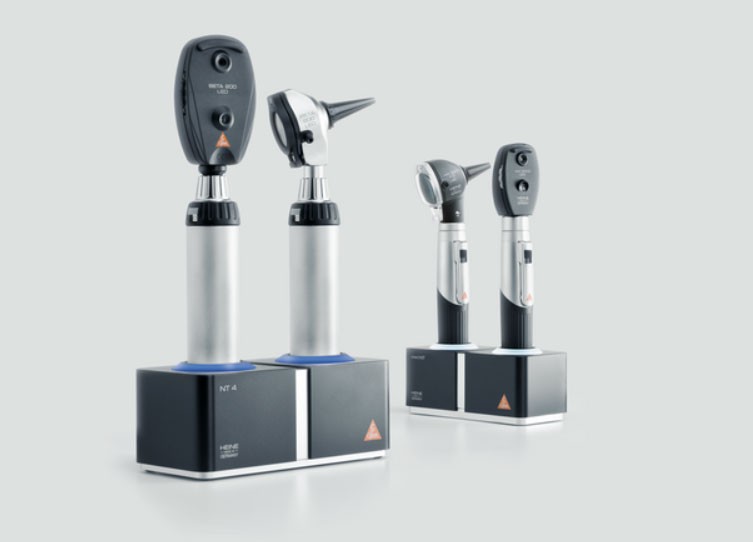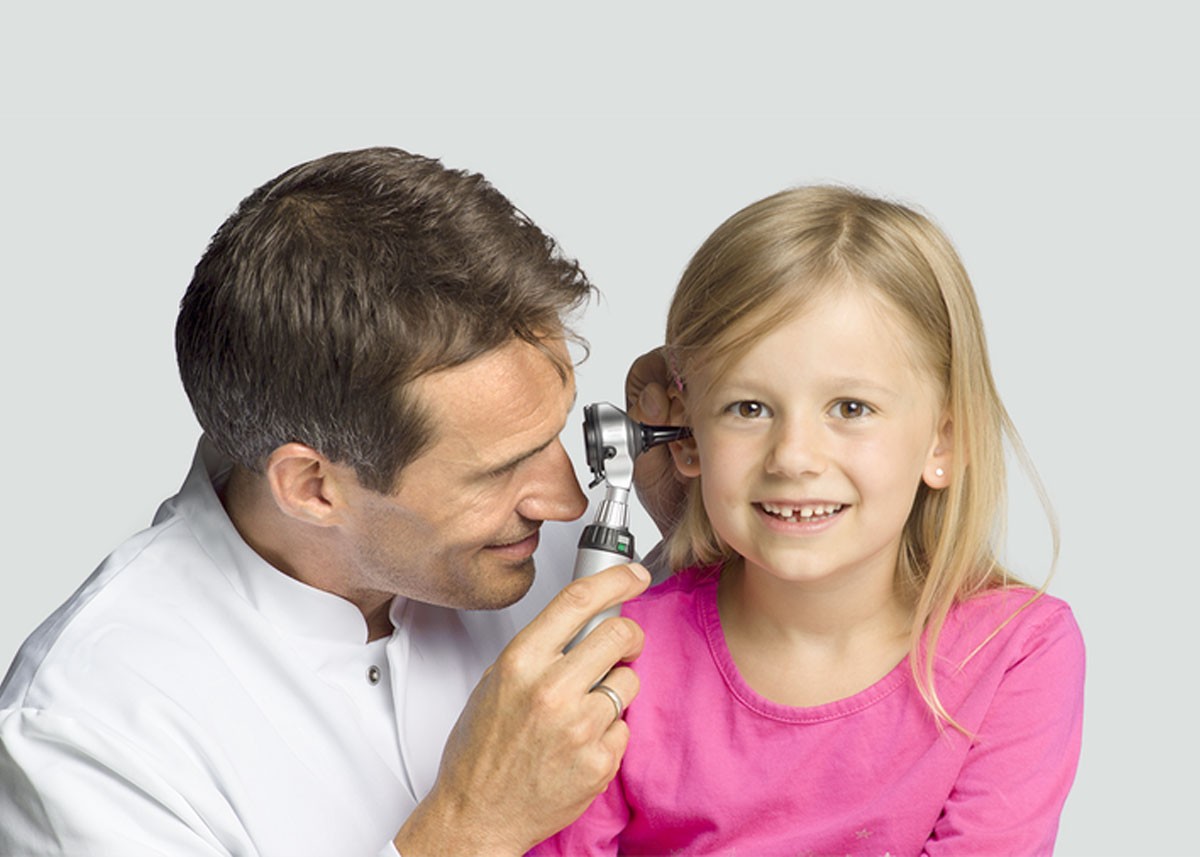HEINE BETA 400 LED F.O. Otoscope, a high-end instrument with 4.2x magnification. Exceptional durability combined with our highest 4.2x magnification. LED-HQ provides particularly bright illumination. BETA otoscopes are the result of ongoing optimisation and further development down to the smallest detail – where we leave nothing to chance.Features Extremely detailed view Extreme durability Intuitive operability Flexible power source options

General Medicine
The Essentials of Medical Instruments in General Medicine
In the realm of general medicine, both in private practices and larger hospital settings, the tools of diagnosis are as crucial as the treatments prescribed. These instruments are not only the extensions of a physician's skilled hands but also their eyes and ears, helping to decode the whispers and shadows of the human body into tangible clinical diagnoses.
Diagnostic Sets for ENT and Ophthalmological Examinations
A staple in any general medicine practice, diagnostic sets for ear, nose, throat (ENT), and ophthalmological examinations consist of various tools designed to peer into the more inaccessible nooks of the human body. These sets typically include otoscopes for examining the ears, ophthalmoscopes for the eyes, and nasal speculums. These instruments allow physicians to detect common conditions like infections, inflammations, or even more complex diseases like glaucoma at their earliest stages.
Examination Lights
Proper lighting is essential for any medical examination. Examination lights, which are often maneuverable and adjustable, provide the necessary illumination to ensure that no symptom or sign goes unnoticed. Whether mounted on a wall, ceiling, or on a mobile stand, these lights are crucial for conducting thorough physical examinations.
Otoscopes
Otoscopes, a critical tool for ENT assessments, are specifically designed to view the tympanic membrane and ear canal. They offer insights into the health of the ear, aiding in the diagnosis of infections, eardrum perforations, and even the buildup of earwax that can affect hearing.
Pocket Diagnostic Lights
Compact and handy, pocket diagnostic lights are the unsung heroes in a physician’s toolkit. These small lights are used to check pupils for normal reaction and to examine the mouth and throat, making them indispensable for quick assessments anywhere.
Proctological Instruments
In the examination of the lower gastrointestinal tract, proctological instruments come into play. These include scopes and other tools necessary for assessing disorders such as hemorrhoids, fissures, or abnormal growths, providing vital information that aids in the diagnosis and management of colorectal conditions.
Sphygmomanometers
Blood pressure is a basic yet profound metric in health monitoring. Sphygmomanometers, whether they are the more traditional manual types with a stethoscope or the modern digital machines, are essential in every medical setting. They serve as a primary tool for diagnosing hypertension, which is often a silent contributor to more severe cardiovascular diseases.
Stethoscopes
Perhaps the most iconic of medical tools, the stethoscope is fundamental in the arsenal of general medicine. It transcends its basic use as a device for listening to the heart and lungs, helping in the assessment of a plethora of conditions from respiratory disorders to intestinal obstructions.
Tongue Blade Holder
A tongue blade holder, typically used to secure a tongue depressor, is crucial during oral examinations. It assists in diagnosing conditions of the throat and mouth, such as infections, cancers, and other abnormalities that could indicate systemic diseases.
The ensemble of these instruments in a general medical setting underscores the multidimensional approach required in medicine. They not only facilitate a broad range of diagnostic capabilities but also enhance the accuracy and efficacy of the clinical examination. As medicine continues to advance, these tools evolve, becoming more sophisticated and integral to the art and science of diagnosing and treating patients. Their proper use, maintenance, and regular updating are as vital as the skilled hands that wield them, ensuring that every patient receives the best possible care at the crucial initial point of contact with the healthcare system





